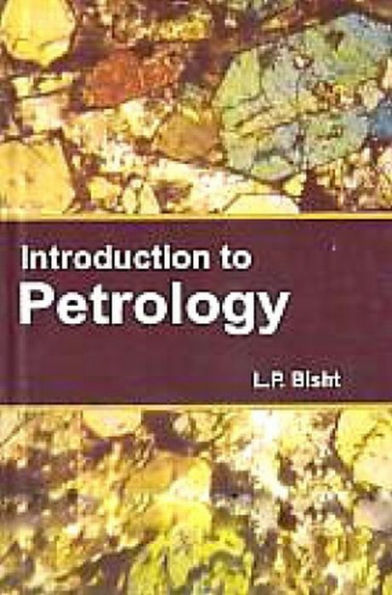Petrology utilizes the classical fields of mineralogy, petrography, optical mineralogy, and chemical analyses to describe the composition and texture of rocks. Modern petrologists also include the principles of geochemistry and geophysics through the studies of geochemical trends and cycles and the use of thermodynamic data and experiments to better understand the origins of rocks. The composition of igneous rocks and minerals can be determined via a variety of methods of varying ease, cost, and complexity. The simplest method is observation of hand samples with the naked eye and/or with a hand lens. This can be used to gauge the general mineralogical composition of the rock, which gives an insight into the composition. A more precise but still relatively inexpensive way to identify minerals (and thereby the bulk chemical composition of the rock) with a petrographic microscope. These microscopes have polarizing plates, filters, and a conoscopic lens that allow the user to measure a large number of crystallographic properties. This book gives an elaborate account of some vital topics pertaining to the theme. This will prove vade mecum for students of this subject.
Petrology utilizes the classical fields of mineralogy, petrography, optical mineralogy, and chemical analyses to describe the composition and texture of rocks. Modern petrologists also include the principles of geochemistry and geophysics through the studies of geochemical trends and cycles and the use of thermodynamic data and experiments to better understand the origins of rocks. The composition of igneous rocks and minerals can be determined via a variety of methods of varying ease, cost, and complexity. The simplest method is observation of hand samples with the naked eye and/or with a hand lens. This can be used to gauge the general mineralogical composition of the rock, which gives an insight into the composition. A more precise but still relatively inexpensive way to identify minerals (and thereby the bulk chemical composition of the rock) with a petrographic microscope. These microscopes have polarizing plates, filters, and a conoscopic lens that allow the user to measure a large number of crystallographic properties. This book gives an elaborate account of some vital topics pertaining to the theme. This will prove vade mecum for students of this subject.

Introduction to Petrology
298
Introduction to Petrology
298
Product Details
| ISBN-13: | 9789353145804 |
|---|---|
| Publisher: | Arts & Science Academic Publishing |
| Publication date: | 06/30/2013 |
| Sold by: | Barnes & Noble |
| Format: | eBook |
| Pages: | 298 |
| File size: | 711 KB |
